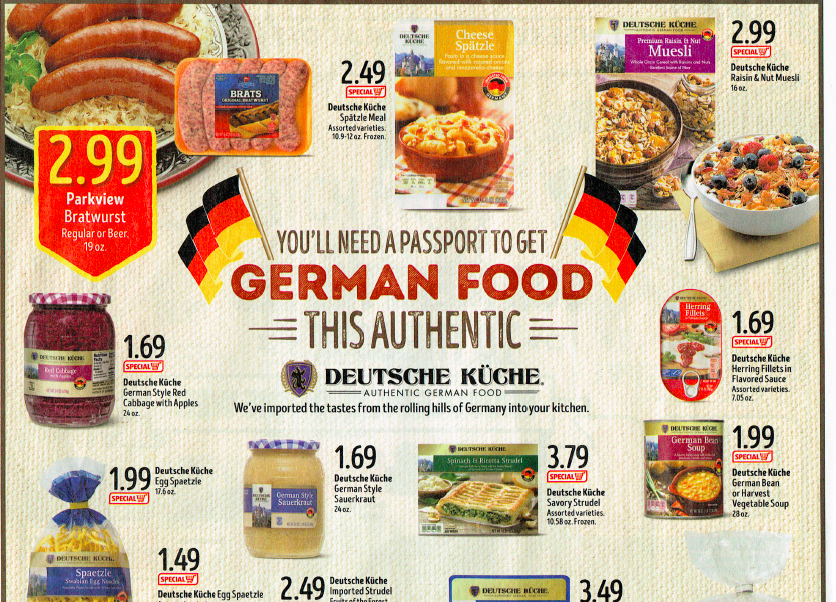
This is how German Aldi is in America!
My husband’s a big fan of Aldi. I guess I am, also. At least it seems that way, when you consider my blog entry on Lidl and Aldi in the US. In the last two years, I’ve reported 12x on the German discounters and their battles. But I haven’t yet demonstrated just how German Aldi is in America.
At first glance, it is not. Nothing in the stores suggests that Aldi is a German company. Even employees at Aldi did not seem to know this. But it has happened twice that customers have spoken to me in German while I was at the checkout counter. Both had been stationed in Germany and remembered Aldi from their time there.
At second and third glance, Aldi still looks like an American company. But not to insiders.
Arrival at an American Aldi
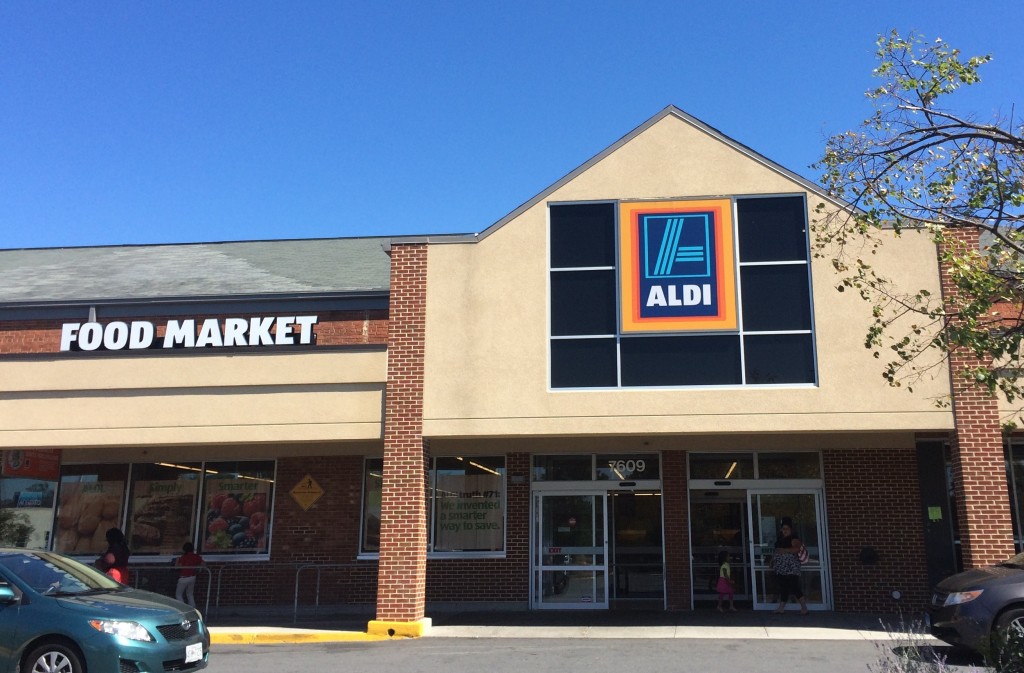
Aldi stores in the US look just like they do in Germany; same logo, same size parking lot. Even the shopping carts manage to look just like the ones in Germany! After all, paying a deposit for a shopping cart is the rule in Germany.
Inside Aldi in America
Germans, Austrians (who shop at Hofer), and Swiss (who shop at Aldi Suisse) will feel at home in an American Aldi. The lighting, the tile floors, the perfectly tidy shelves with open boxes, the checkout counters – without a doubt, it’s just like an Aldi in Europe.
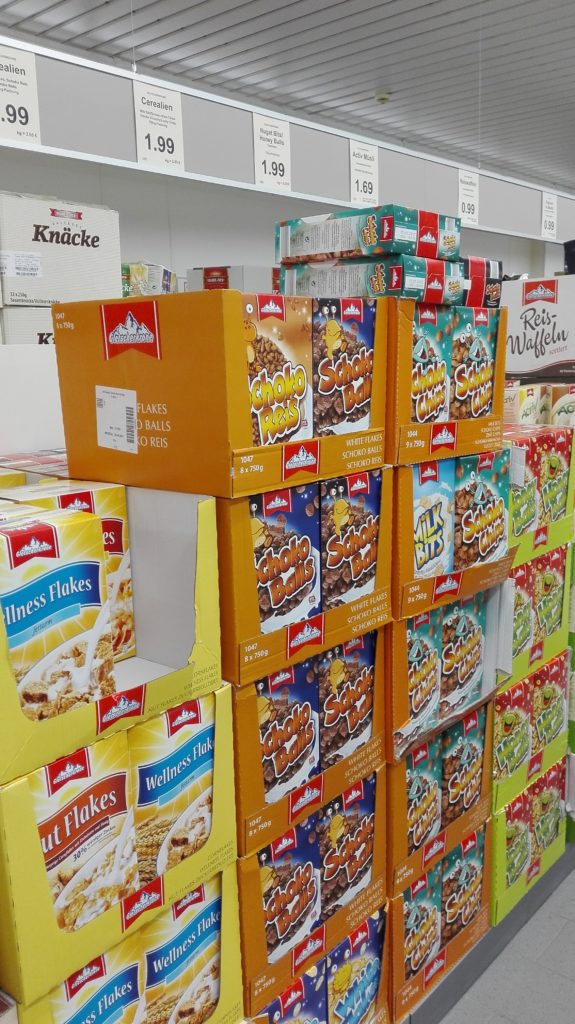
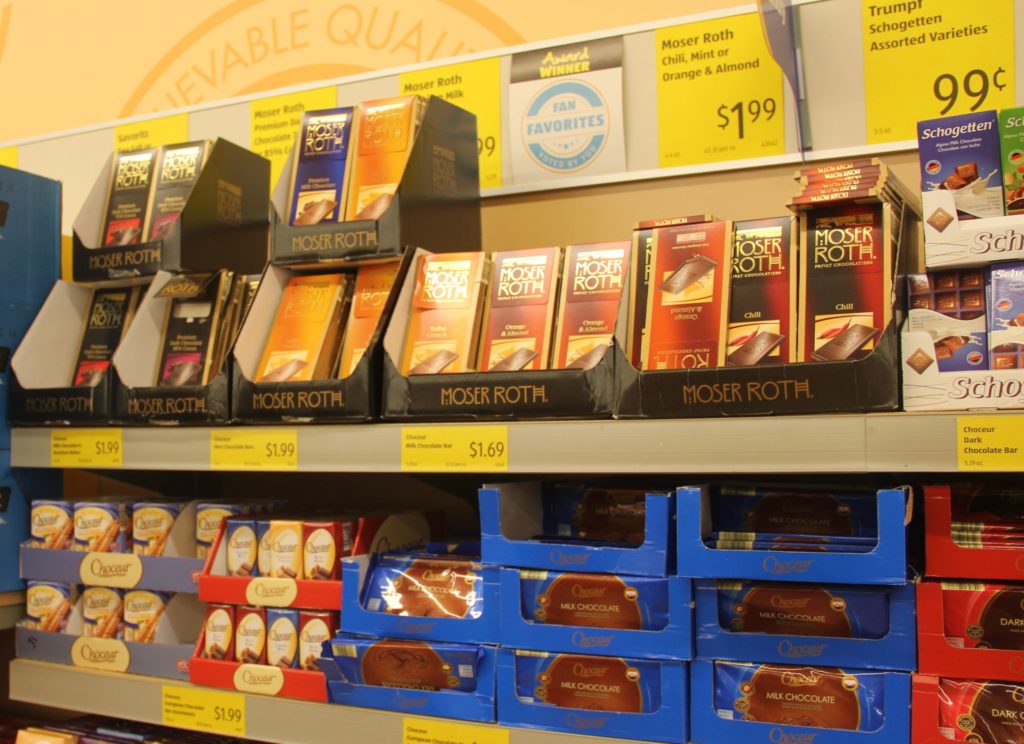
The selection at Aldi in the US is similar to that in Germany:
– Aldi aims to keep as limited an assortment as possible.
– The product range is split between the standard assortment and a promotional assortment.
– The standard assortment includes everyday items, mainly groceries.
– Promotional items rotate as weekly specials on food and non-food products.
Aldi’s Promotional Flyers in the US
Flyers can be found behind the checkout counters in the US as they are in Germany. Both look very similar, but the German flyer is larger (32 pages last Tuesday). The American flyer has only 6-8 pages.

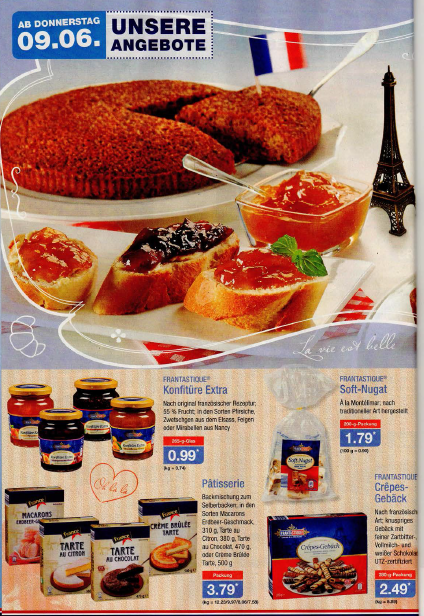
German Week at Aldi in America
So there we have it – Aldi does just as many other companies in the US and keeps quiet about its German origins. But every now and again there is “German Week at Aldi”! Why “German Week”, if Aldi doesn’t want to be German at all? How does that work? There’s a simple explanation: Numbers vary, but according to some sources, there are 45-50 million Americans with German roots.
During German Week at Aldi, there are real, authentic German products, imported from Germany! Last time I grabbed at the opportunity and stocked up for the American winter (which is purely ironic considering the current outside temperatures in excess of 90°F). Spätzle (soft egg noodles), sauerkraut, apple strudel, müsli, German sausage, and pumpernickel. And schnitzel. And doppelkeks, a type of crispy cookie sandwich with chocolate in the middle. And … pretzels! Man, we really miss them here. American pretzels are sweet and fatty.
Differences Between Aldi Germany and Aldi USA
Let’s leave the large cars and pickups in the parking lot out of the conversation. I see three differences between the American and German Aldis.
#1 Different Locations
You can find Aldi everywhere nowadays in Germany. In Wiesbaden there’s an Aldi near the pedestrian zone. In the small town of Eltville, the Aldi might be near a factory, but it’s just as close to a residential zone and to a school.
Not so in the US. Aldi is always located directly by a main street and in the proximity of an intersection. The surrounding area is popular and closely developed.
#2 Different Clientele
According to the market research institute GfK, when interviewed by the Huffington Post:
“In 2014, 84% of Germans had visited either an Aldi Nord or Aldi Süd store at least once.”
In Germany today, almost everyone shops at Aldi. The poor and the rich, Germans, Turks, and refugees, workers and managers. Even the super rich, if the newspaper Bild is to be believed, have been sight there.
In 2003, Handelsblatt reported:
“The cult discount chain is no longer embarrassing.” And in the same article:
“Until the end of the 1980s, shopping at Aldi was frowned upon. If you shopped there, you’d be given a sideways glance, as if you couldn’t manage to afford the expensive brands at Spar or Edeka. And you didn’t let yourself get caught with an Aldi bag in hand – that kind of thing got around quickly and your reputation was gone.”
It wasn’t until the 1990s that Aldi managed to establish a steady rotation in its assortment and win new customers. The Handelsblatt describes it as such:
“The turnabout came about at the beginning of the 1990s, through wary, yet strategically cunning changes to the assortment at Aldi. Suddenly there was salmon instead of fava beans; instead of cheap grain alcohol, there were fresh fruits and vegetables – and … also ice cream and frozen chicken thighs.”
I don’t have any numbers available for Aldi USA, so I’m left to my own observations from various Aldi stores that I’ve shopped in along the East Coast. The clientele is predominantly African-American or of immigrant background.

#3 American Products and Packaging
The selection is geared towards American consumers. There are lots of corn flakes, chips, and fast food. I couldn’t stop noticing the corn flakes when I first shopped at Aldi in America. Aldi markets them under its own brand, Milville, but the similarities to name brand products are not to be ignored. I don’t have the packaging for the Frosted Flakes from Aldi at the moment. So, until I can post a side-by-side comparison photo, I’ll just quote Forbes (April 14th, 2015):
“The deletion of brand as a shopping variable is something that ALDI has perfected like no other store label program in the U.S. They accomplish this by simulating the color scheme and front panel symbolism of national brand products in very exacting detail. In doing so, they trigger near instant equivalency between a name-brand, iconic product and the one they are selling as a replacement.
For example, ALDI sells a cereal called Frosted Flakes that, like Kellogg’s K -0.24% Frosted Flakes, is packaged in a blue box featuring the image of a white bowl of cereal flanked by a cartoon animal giving a thumb’s up, in this case a polar bear rather than Kellogg’s Tony the Tiger.”
That wouldn’t be possible in Germany. Comparative advertising isn’t strictly prohibited, but it is subject to strong restrictions. It’s permissible when it concerns indistinct brands, for example (For example Milville vs Brand A, Brand B, and Brand C).
In the case of Aldi’s Frosted Flakes , another regulation would apply. The packaging would be misleading and give the impression that the brand product was being sold: That simply doesn’t fly in Germany.
A Final Word
For Americans, Aldi is an American super market chain. For Germans, Aldi remains German in appearance, price policy, store brand, etc. Thankfully there’s German Week in the US. And then everyone can enjoy wurst and pretzels!
Would you like to read more about Aldi? What about these post entries?
How Aldi Revolutionized the American Discount Business

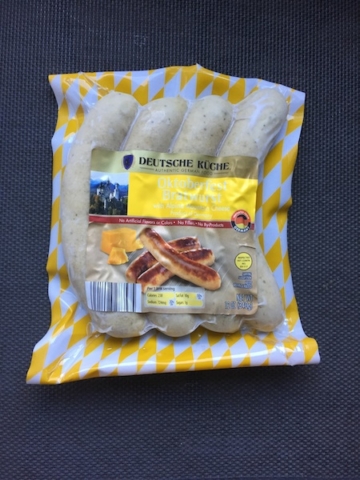
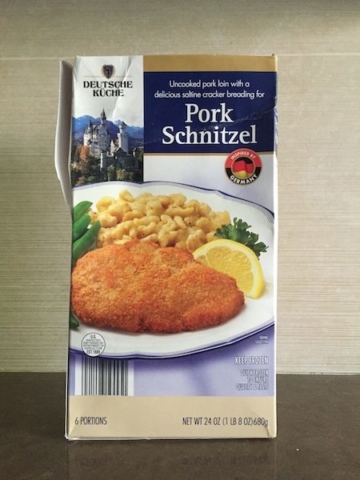
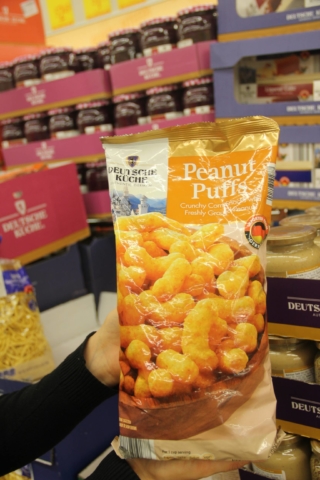
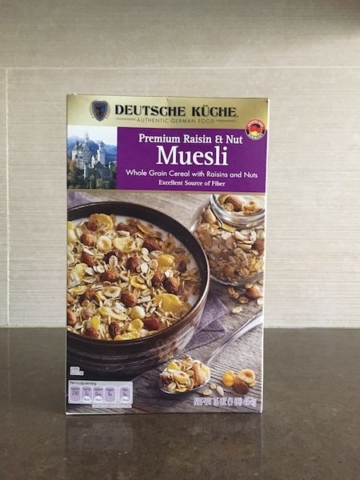
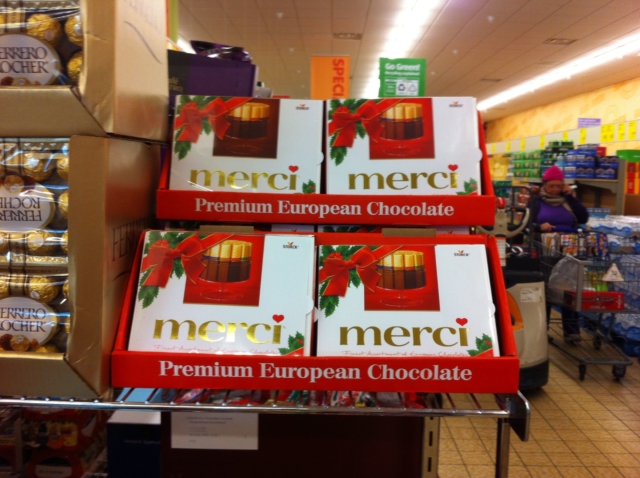
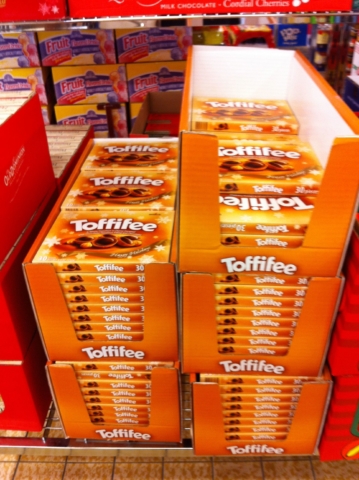

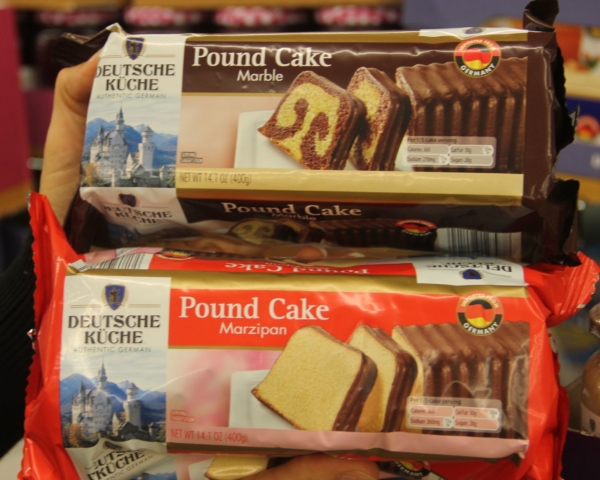
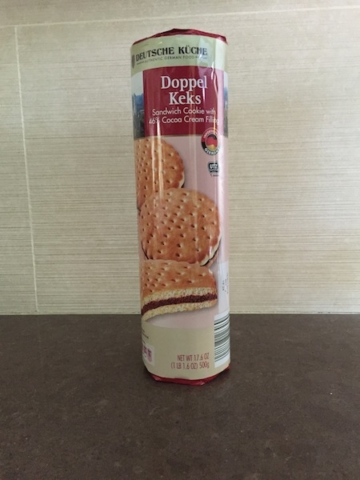
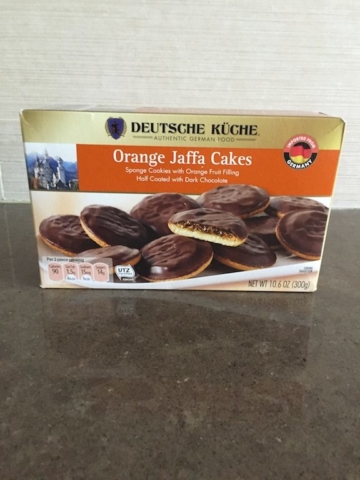
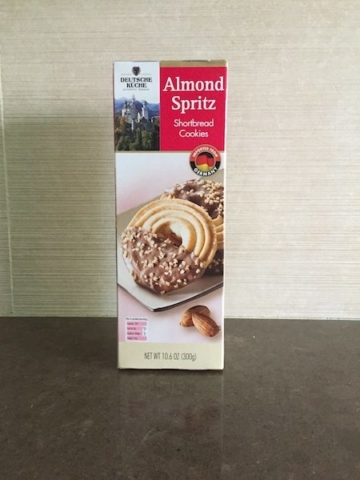




Last I knew there were over 1200 Aldi’s in the USA and growing. Clearly they have tapped into something that appeals to the American consumer as well.
Regarding the use of packaging that is similar to established brands, that doesn’t fly in the United States as well, and ALDI has unsurprisingly been getting into trouble over that. Just search Google for “similar packaging trademark infringement Aldi” and you’ll come across results such as the news story titled “ALDI Sued Again Over Lookalike Packaging” from 10/27/2015 (http://couponsinthenews.com/2015/10/27/aldi-sued-again-over-lookalike-packaging/)
Good point Arnold. Thank you for the information. It gave me also an idea for a future article, so thanks for this also!
Catherine, good article!. I can ditto the observation that Aldi here in Greensboro looks and feels exactly like it does in Germany. Grocery shopping in the U.S. is CRAZY expensive compared to anywhere in Europe I have personally grocery shopped, which includes Spain, Portugal, Germany, Netherlands, France, Italy and even Switzerland (which in general is one of the most expensive places on the planet).
We conservatively save 30%+ on our Aldi bill versus the same items at other grocery stores in the U.S. Will be interesting to see what the next German Grocery chain, LIDL, does to the U.S. market when they open here. ALDI and LIDL combined will certainly hurt the other grocery store chains in the U.S. in a big way.
Interesting. I have not been in an Aldi in the US but in many in Germany. They certainly are a step down from most US grocery stores. I cannot compare prices because there is no Aldi in my area (northern Westchester, NY). I recall a recent comment from a wealthy German friend: the food in Germany is the worst in Europe. All Germans care about is price. This is not true of restaurants – I eat better in Germany for the money than in the US. Here I pay about 50% more for a decent dinner than in Germany. I pay 100% more for a glass of wine here. BTW, I made rote gruetze today.
Oh yes, Germans really care about price! Have you read my post the stingy Germans?!
Thank you for sharing your thought, Rob.
Rote Grütze?! I love rote Grütze with vanilla ice cream!!!!